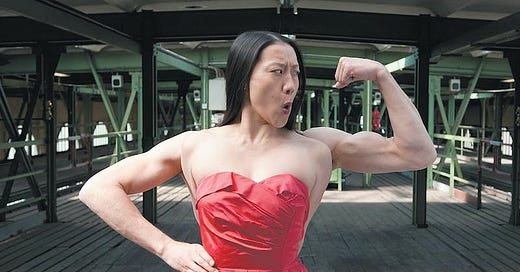Wim Wenders on ‘Pina’ and Why 3D is the Future of Documentary
This interview with Wim Wenders about his 3D documentary Pina was originally published on the Documentary Channel Doc Blog on December 22, 2011.
Keep reading with a 7-day free trial
Subscribe to Nonfics to keep reading this post and get 7 days of free access to the full post archives.



